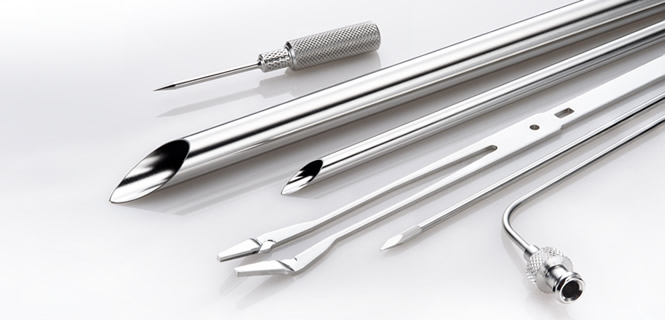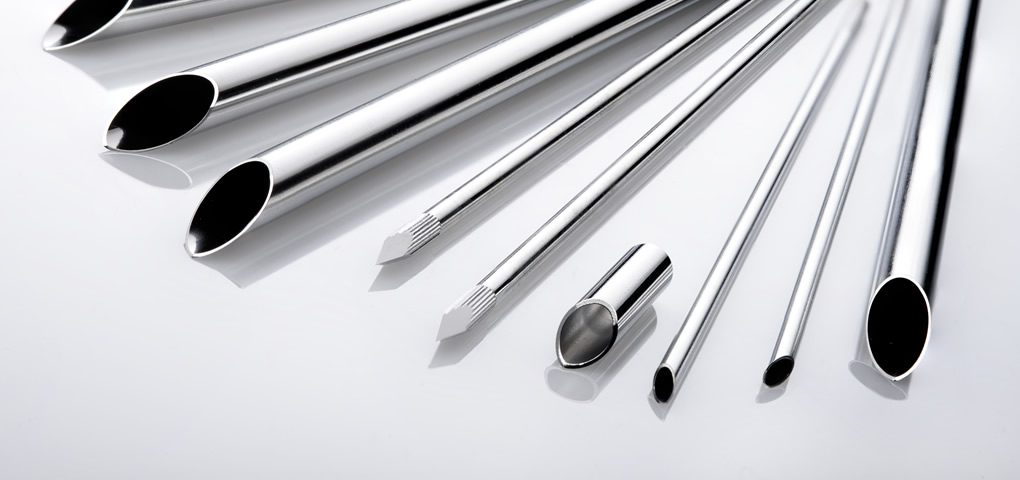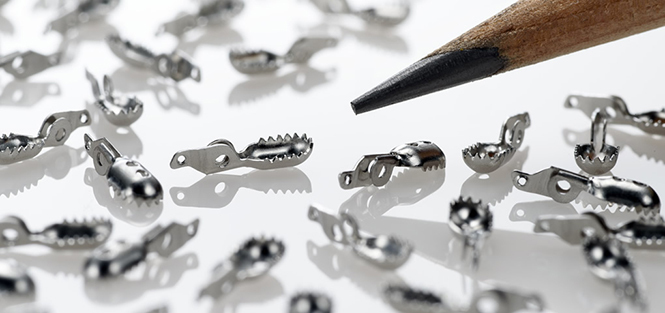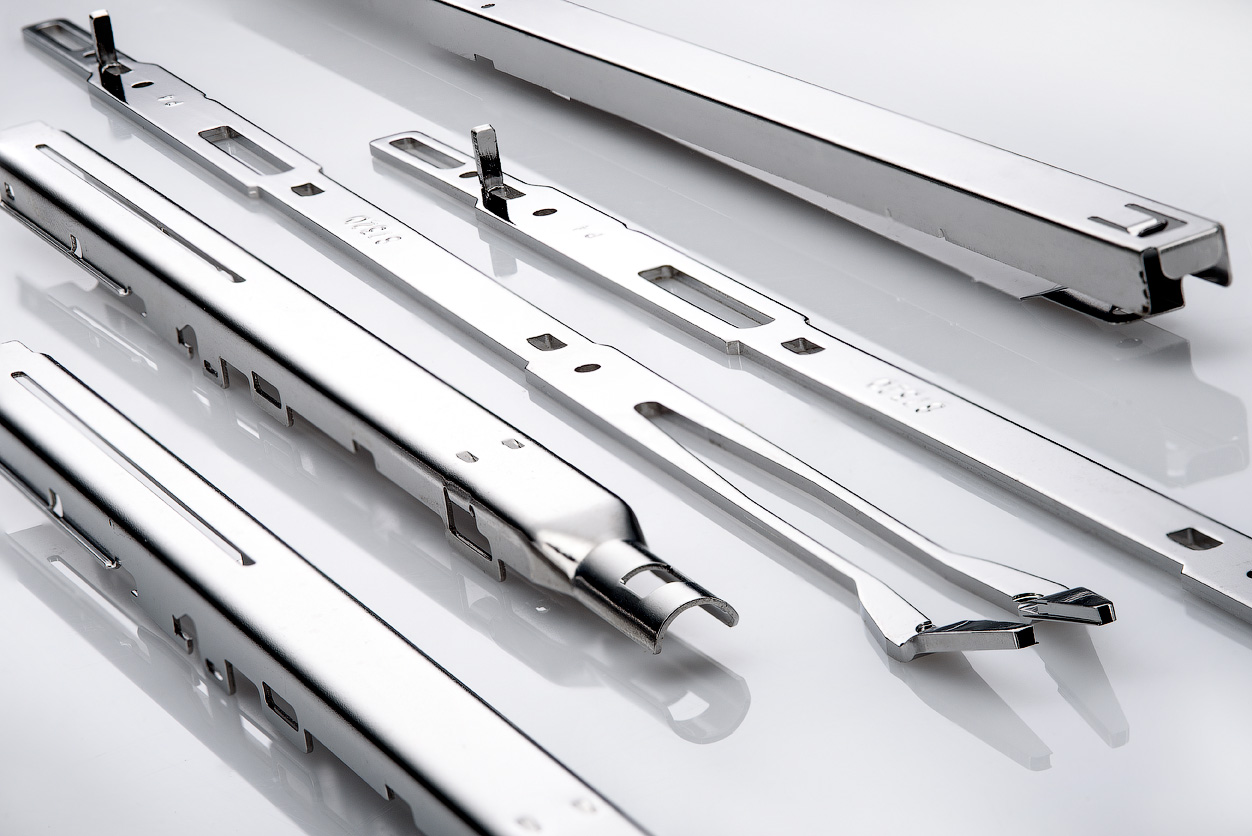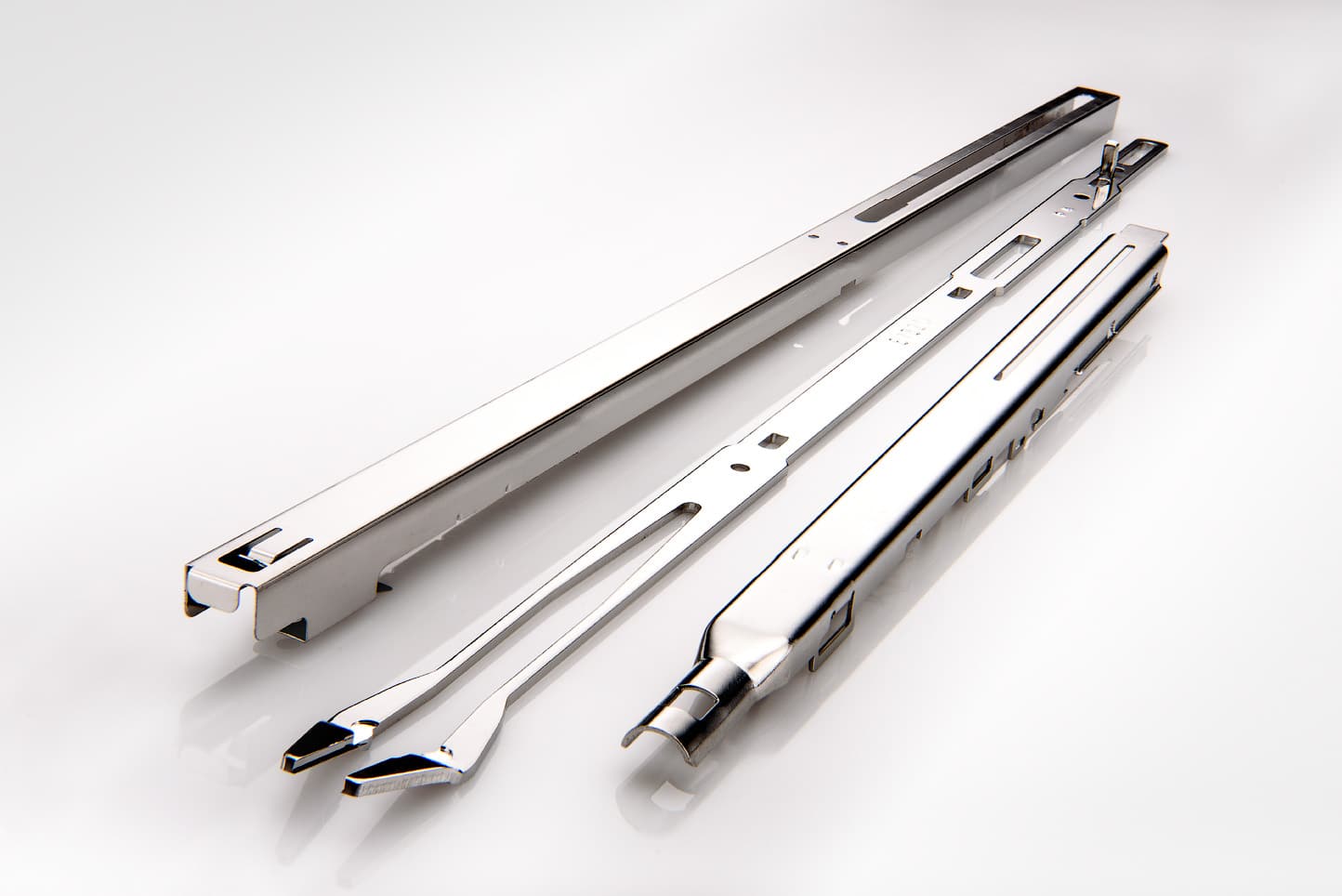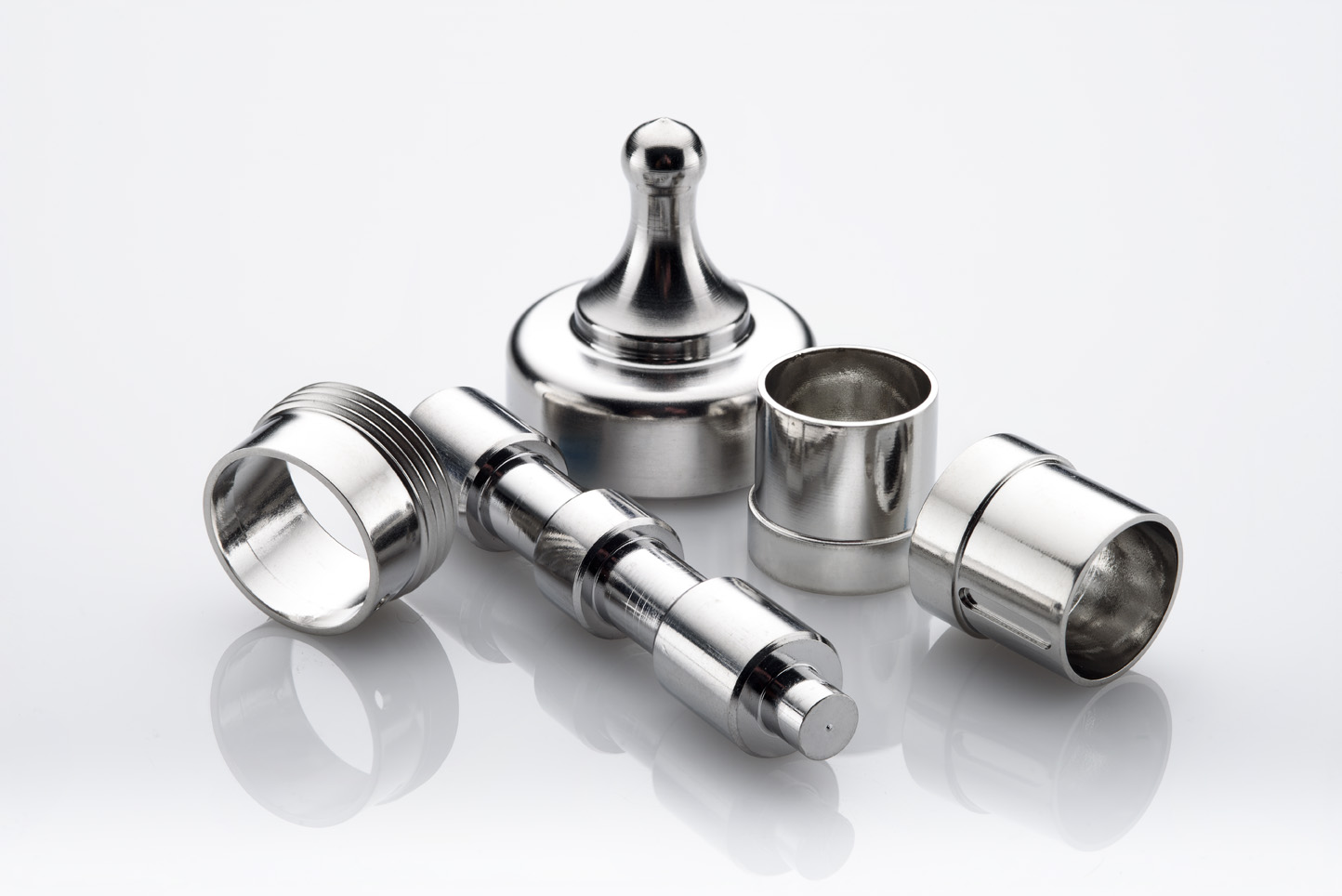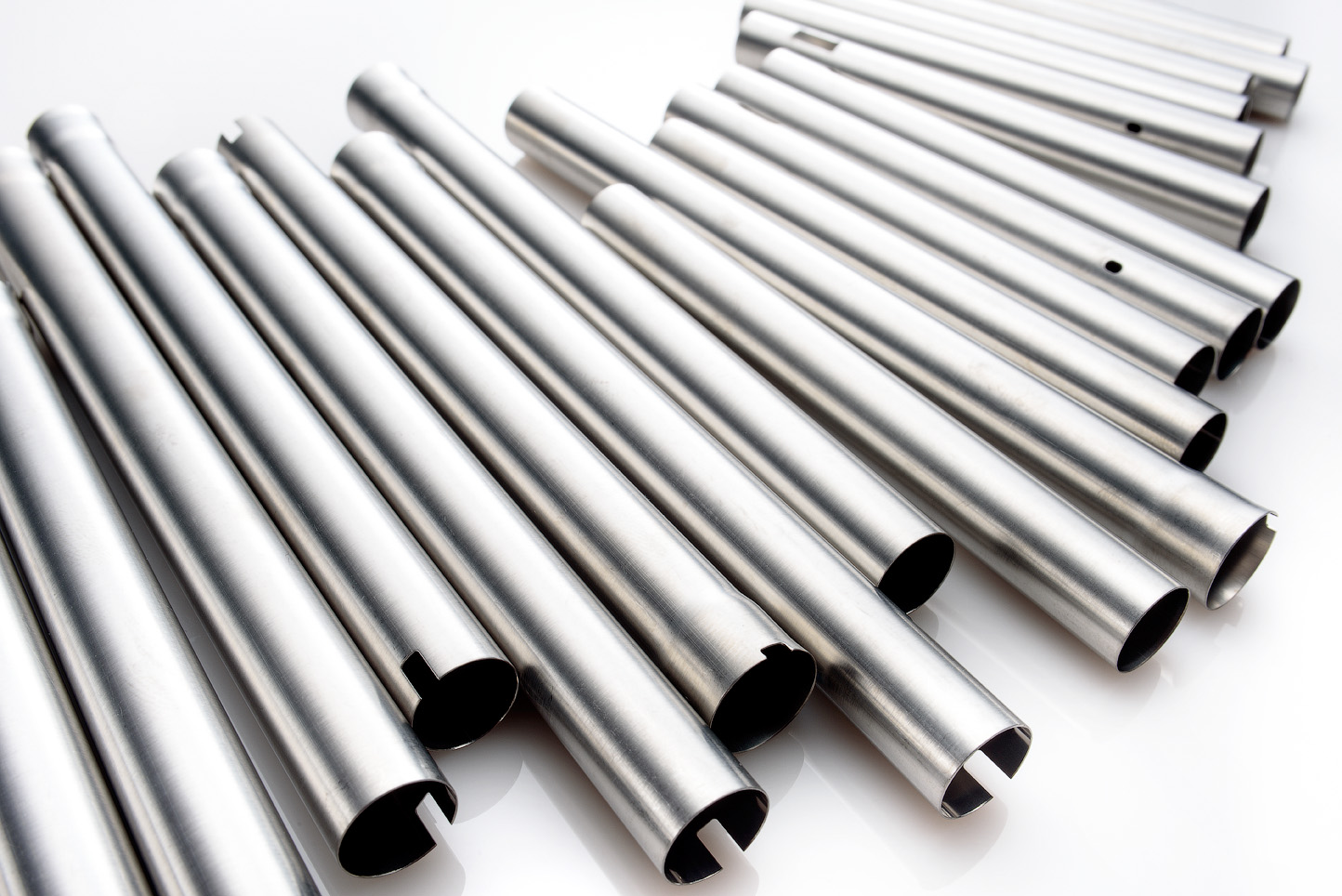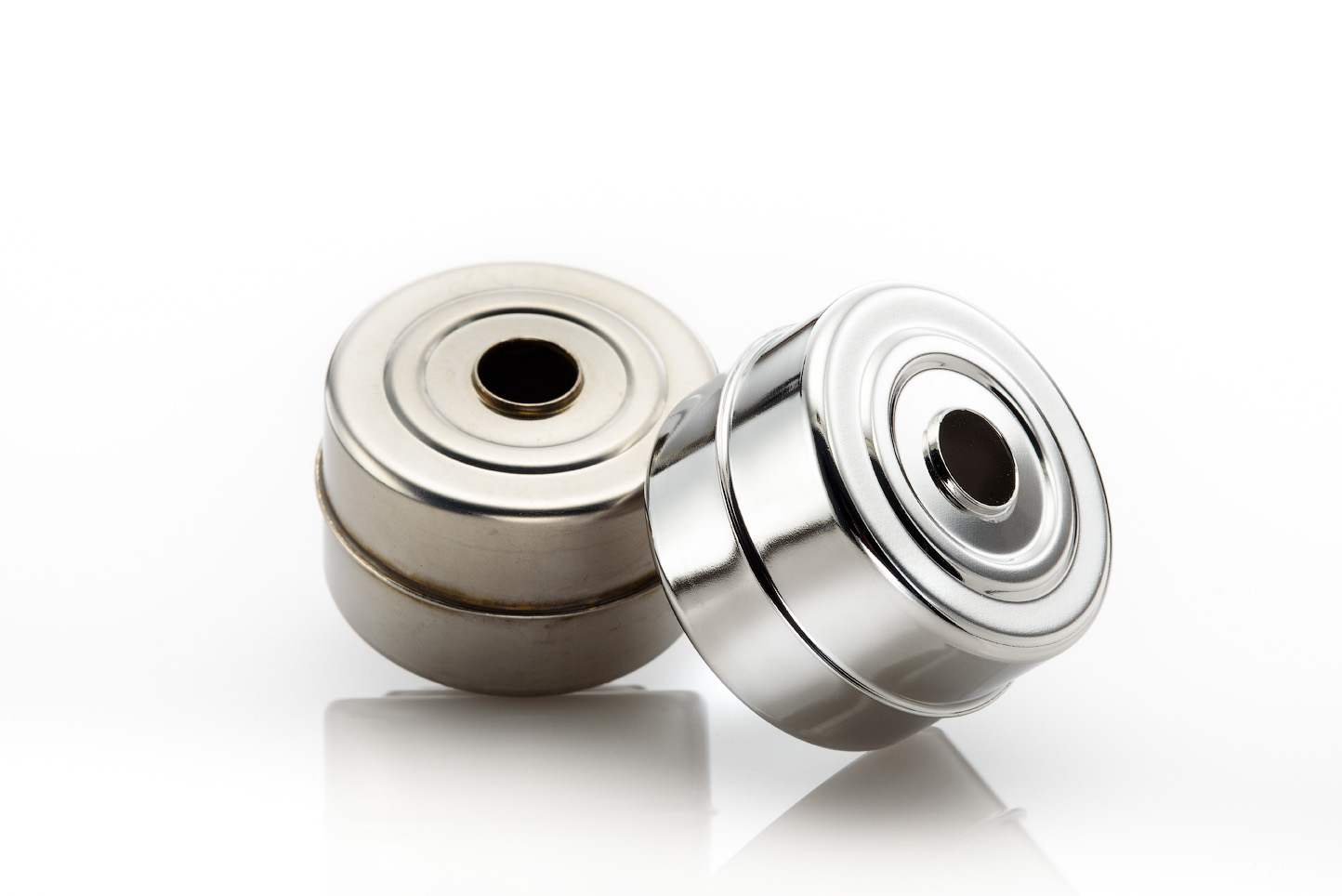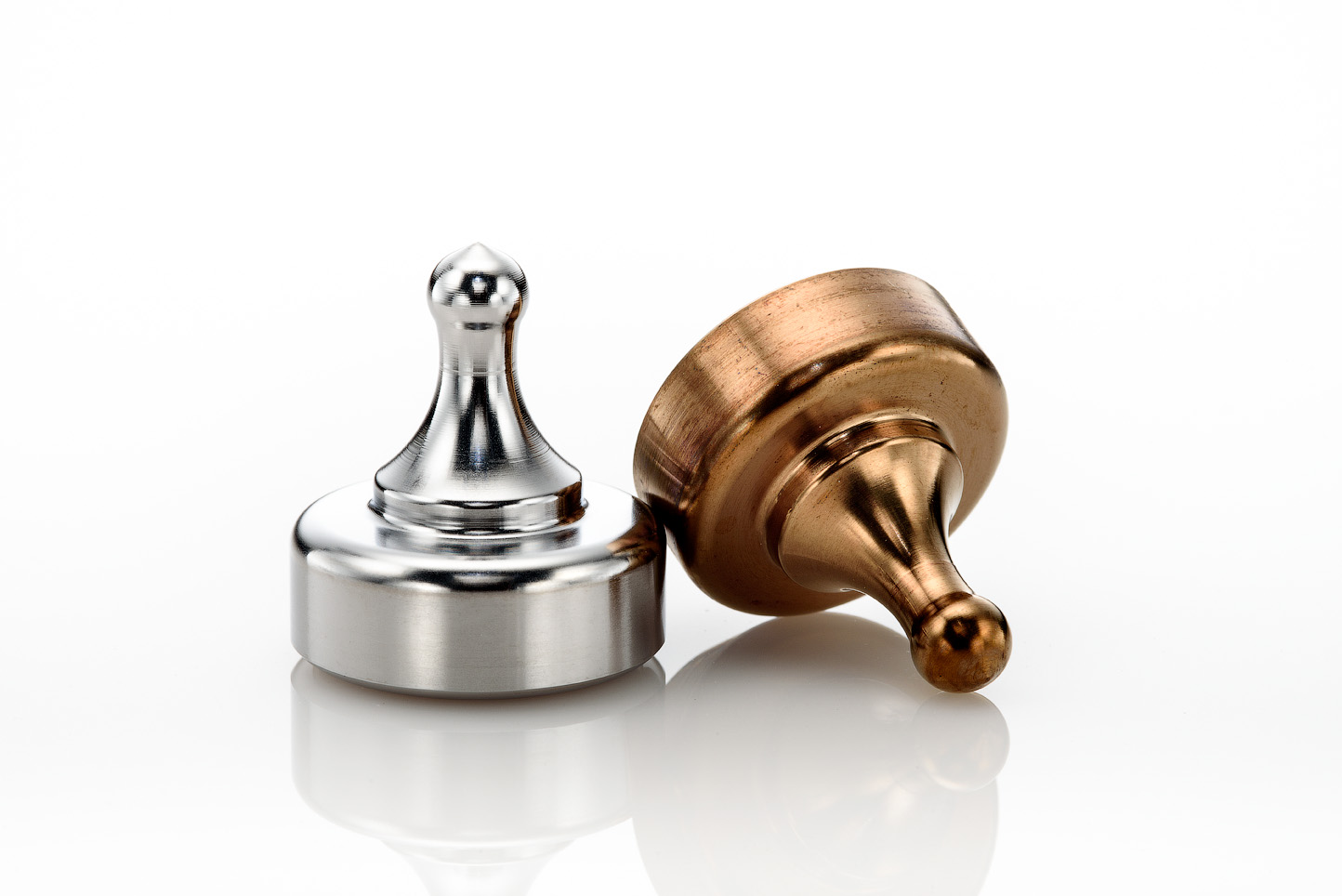What is ASTM B912?
ASTM B912 is an industry standard for the passivation of stainless steel alloys through electropolishing as outlined by ASTM International. ASTM B912 standards detail the pre-treatment, electropolishing, post electropolishing procedures and testing methods for the passivation of stainless steel through electropolishing. ASTM B912 standards aid manufacturers and service providers to ensure safe and reliable passivation services.
Who is ASTM?
ASTM International is the American Society for Testing and Materials. ASTM International offers international access to completely transparent standards developed for a wide range of industries. ASTM International has over 12,500 global ASTM standards, in over 140 participating countries. ASTM International attracts and retains technical experts from around the world to enhance the technical quality of standards in a wide range of industries.
ASTM B912 Specification
Some of the key elements of the ASTM B912 standards for the chemical passivation of stainless steel through electropolishing include:
Pretreatment: Base materials and parts need to be free of visible defects and undergo a pre-cleaning process to remove machining oils and debris prior to the electropolishing process
Electropolishing Process: The electropolishing process involves the immersion of stainless steel parts into metal lined, temperature-controlled tanks. Each processing tank holds a solution of phosphoric and sulfuric acid, in prescribed ratios, which is then charged with a positive electrical current
Post-electropolishing Procedures: Procedures performed following the electropolishing process include post dips and final rinsing for cleanliness
Testing: The performance of parts after the electropolishing process can be analyzed through a variety of methodologies. One method is a copper sulfate test, which New England Electropolishing offers as an added service to its customers.
Why the ASTM B912 Standard Matters
Industry standards like ASTM B912, help to ensure repeatable and consistent results for stainless steel electropolishing. They also eliminate the need for custom or manufacturer-specific standards, which can be duplicative and expensive to develop. This is important for many types of industries, but is absolutely crucial in manufacturing sectors that rely on precision like the medical, aerospace, scientific, and semi-conductor industries.
New England Electropolishing adheres to all the processing requirements of ASTM A967 and ASTM B912, and undergoes periodic testing by an independent laboratory to validate the quality of our services. New England Electropolishing offers copper sulfate testing in our facility to certify our ASTM B912 process, or clients can use third party laboratories to administer alternative ASTM B912 testing options.
When choosing a metal finisher, manufacturers should confirm that their electropolisher follows ASTM standards, maintains rigorous quality safeguards, and has the proper third-party certifications in place at their facilities. When a supplier certifies to an ASTM standard, maintains full regulatory and ISO Compliance, and performs regular validations of its services, it confirms that company’s commitment to responsible operation and quality service. New England Electropolishing is such a supplier.
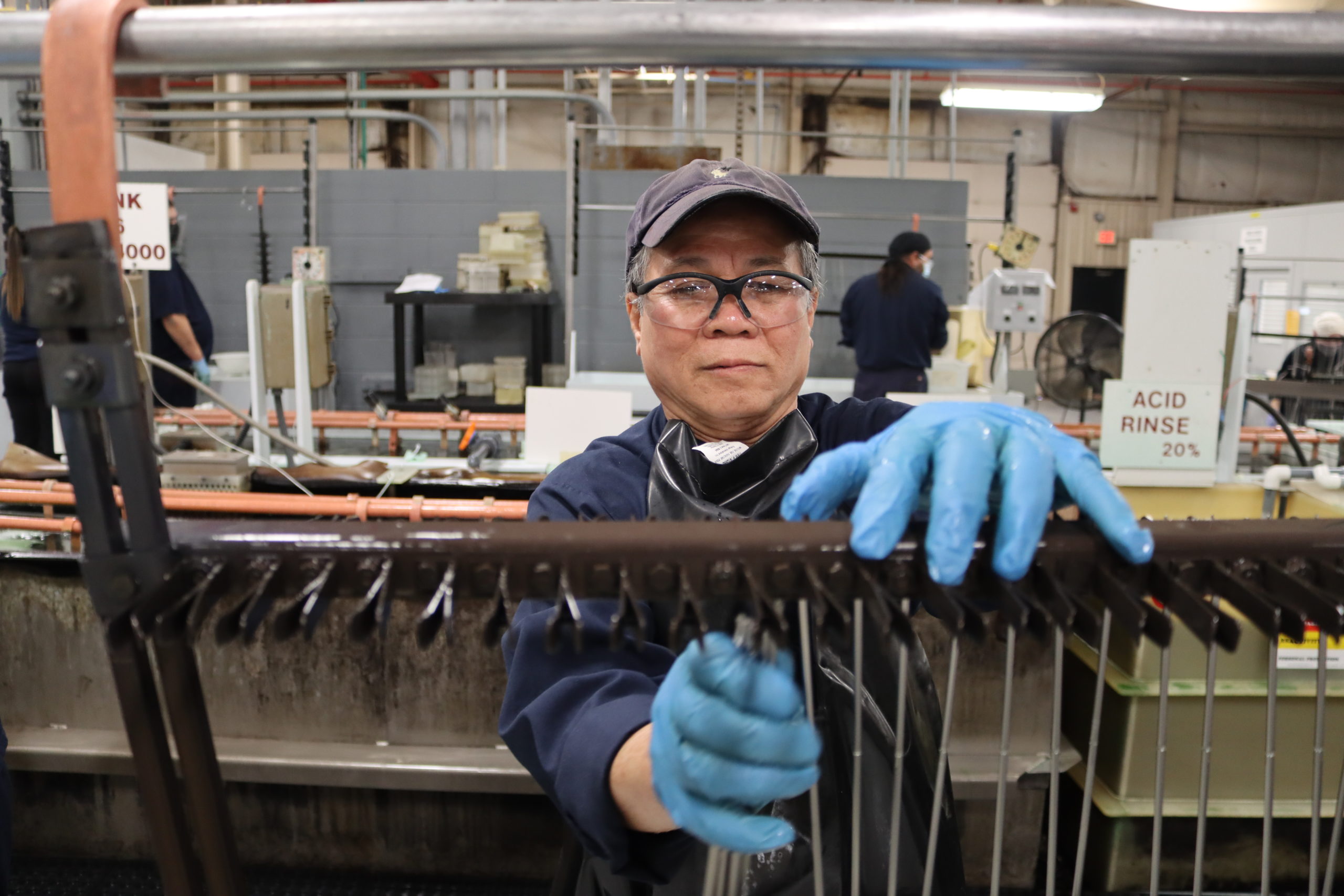
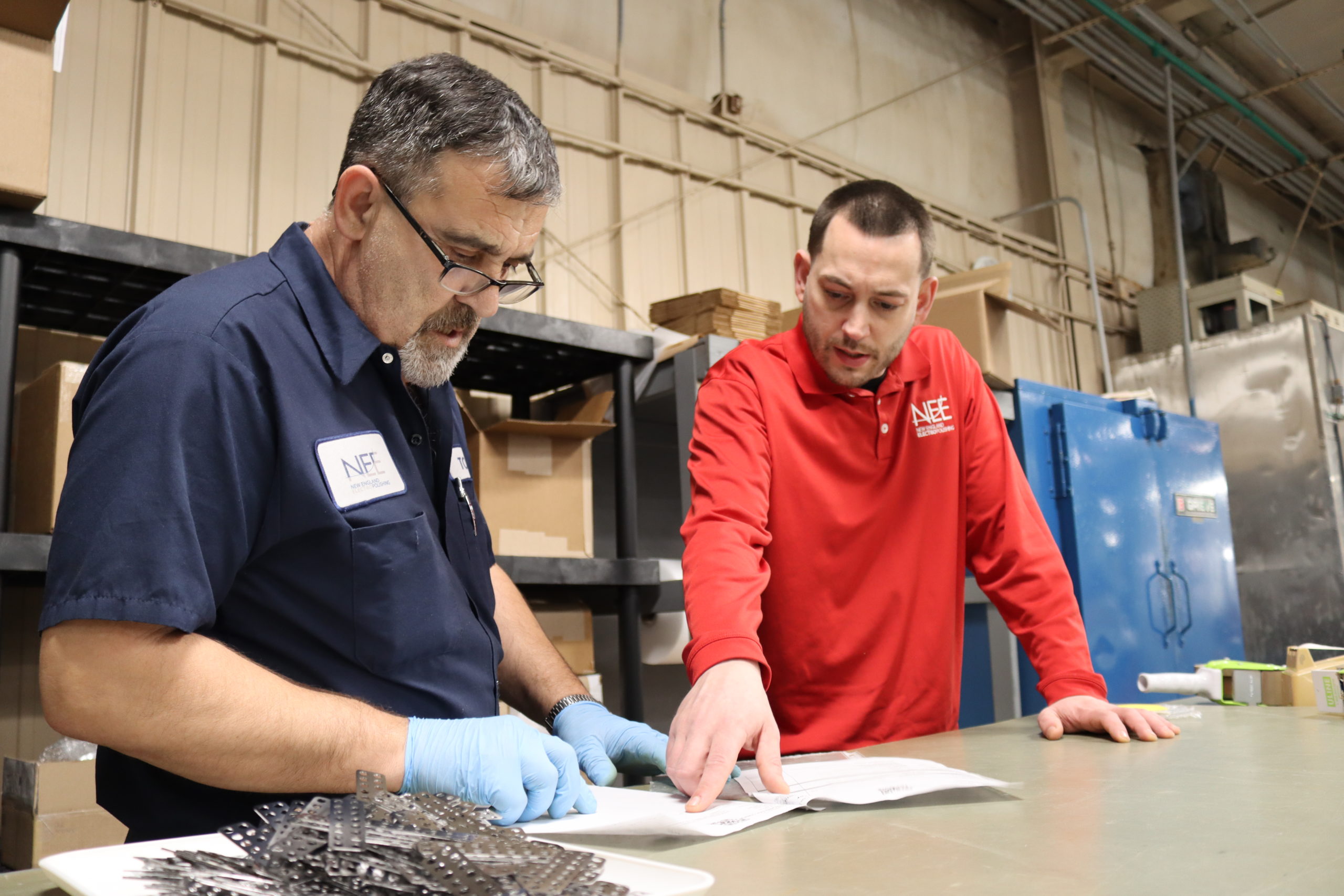
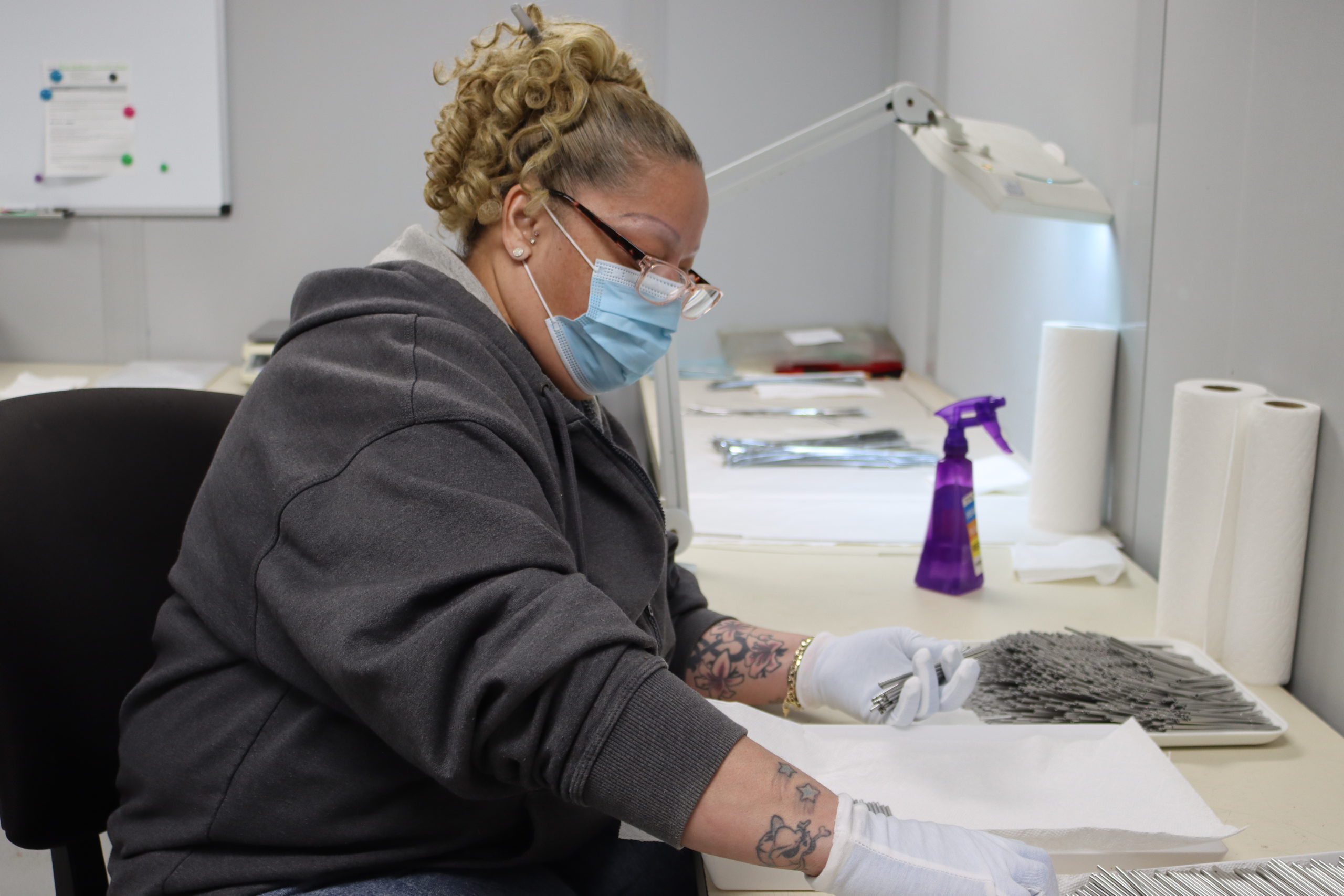
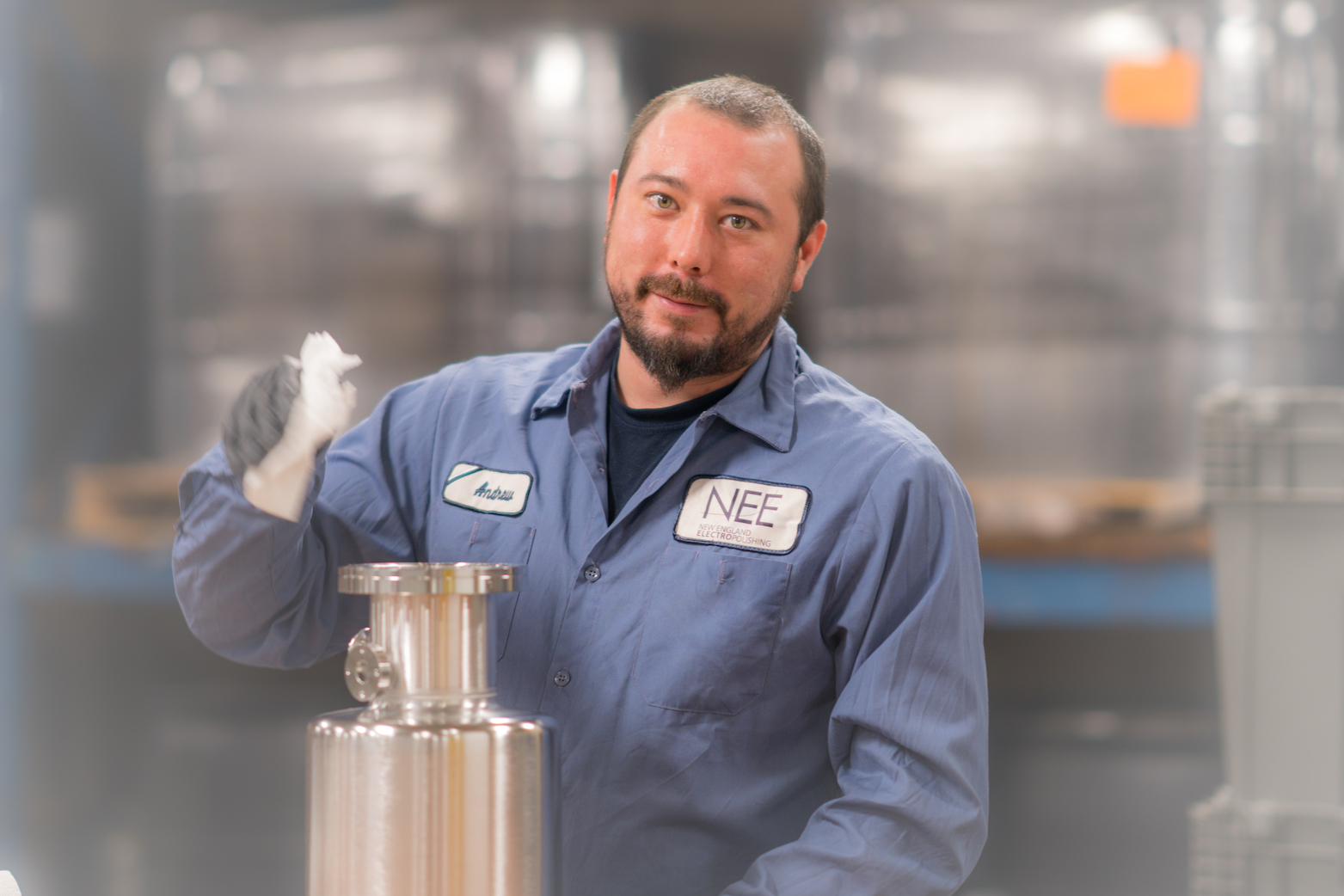
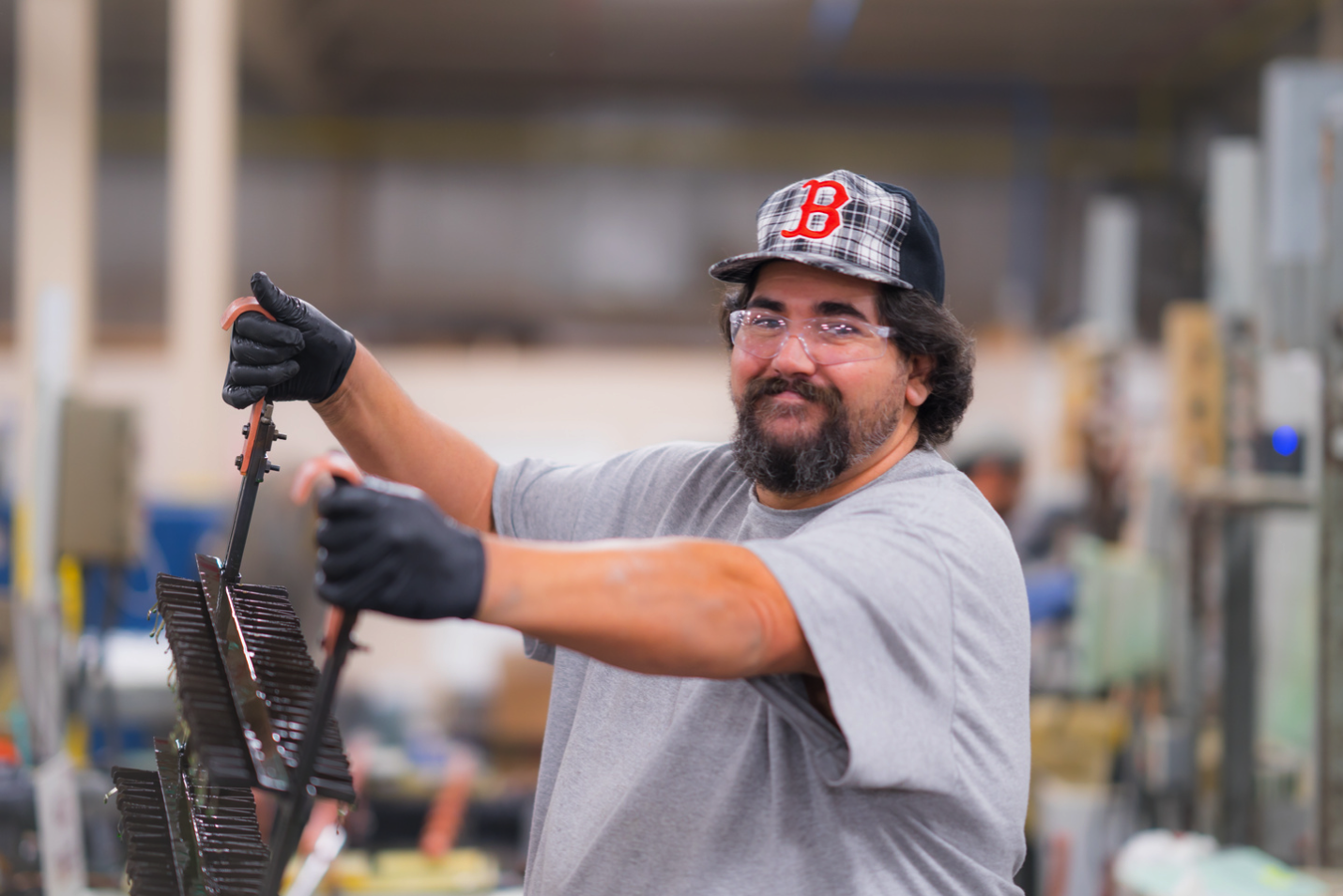
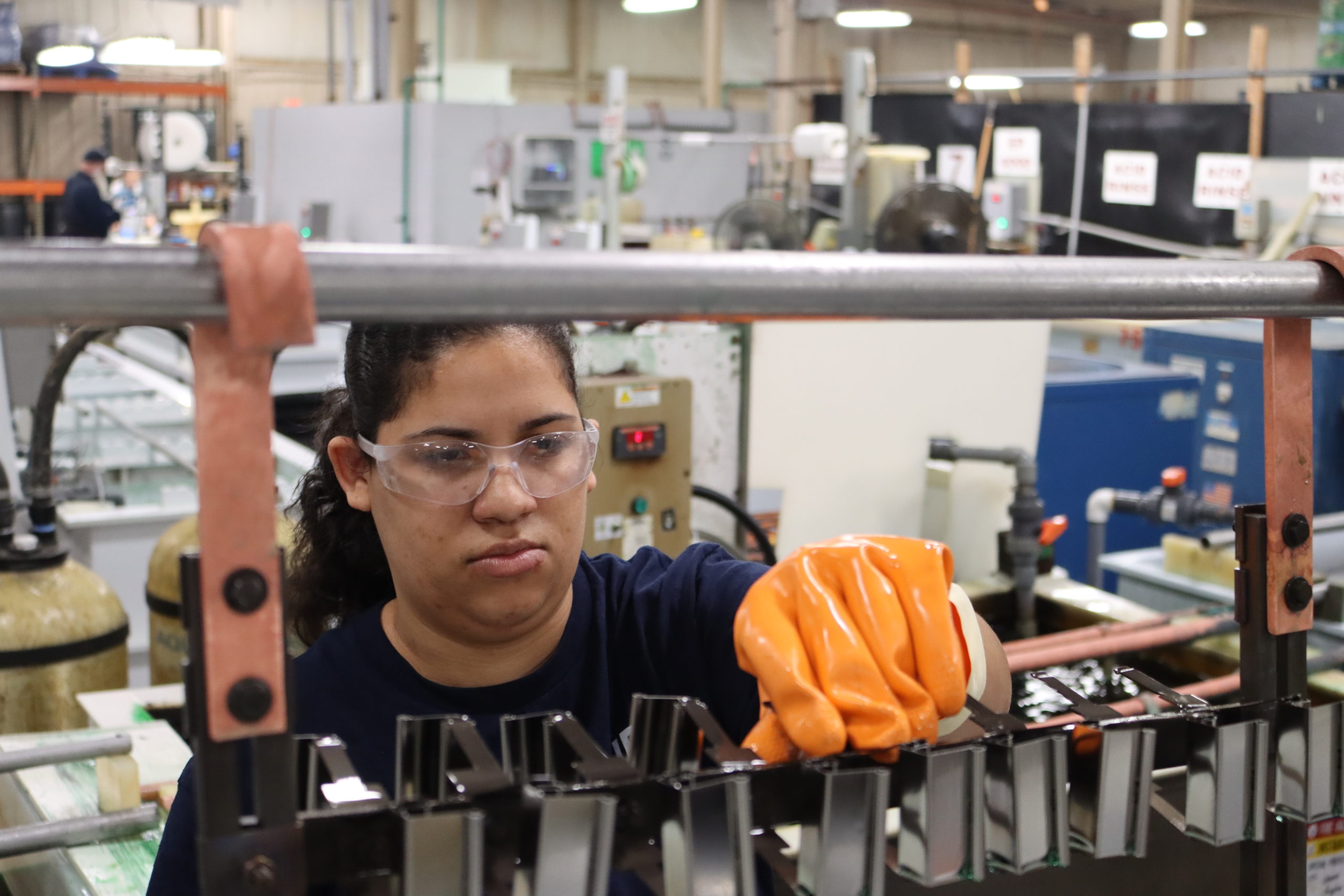
Electropolishing Resources
What is Electropolishing?
Electropolishing is an electrochemical and reverse plating process that removes the outer layer of skin on a metal...
The Electropolishing Process
The electropolishing process is initiated by immersing a metal part into a temperature-controlled bath of electrolyte...
How Much Material Does Electropolishing Remove?
Electropolishing, when done properly is a highly controllable process which removes as little as...
How Much Will Electropolishing Improve the Surface of my Part?
Ra and RMS are both representations of surface roughness. Ra is calculated as the roughness average of a surface’s...
What is ASTM B912?
ASTM B912 is an industry standard for the passivation of stainless steel alloys through electropolishing...
What is ASTM A967
ASTM A967 is an industry standard specification for the chemical passivation treatments for stainless...
